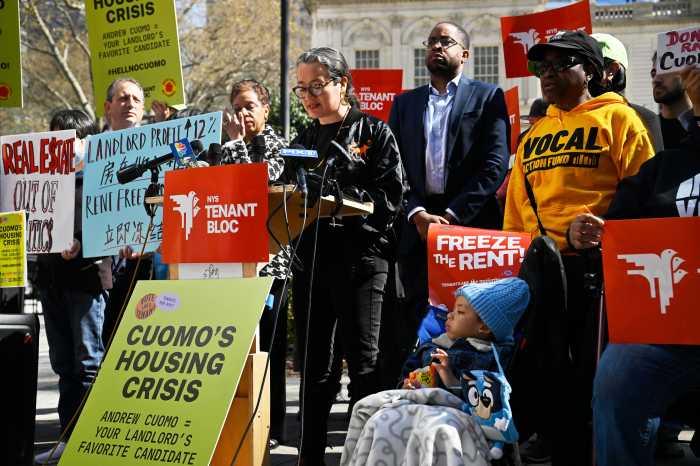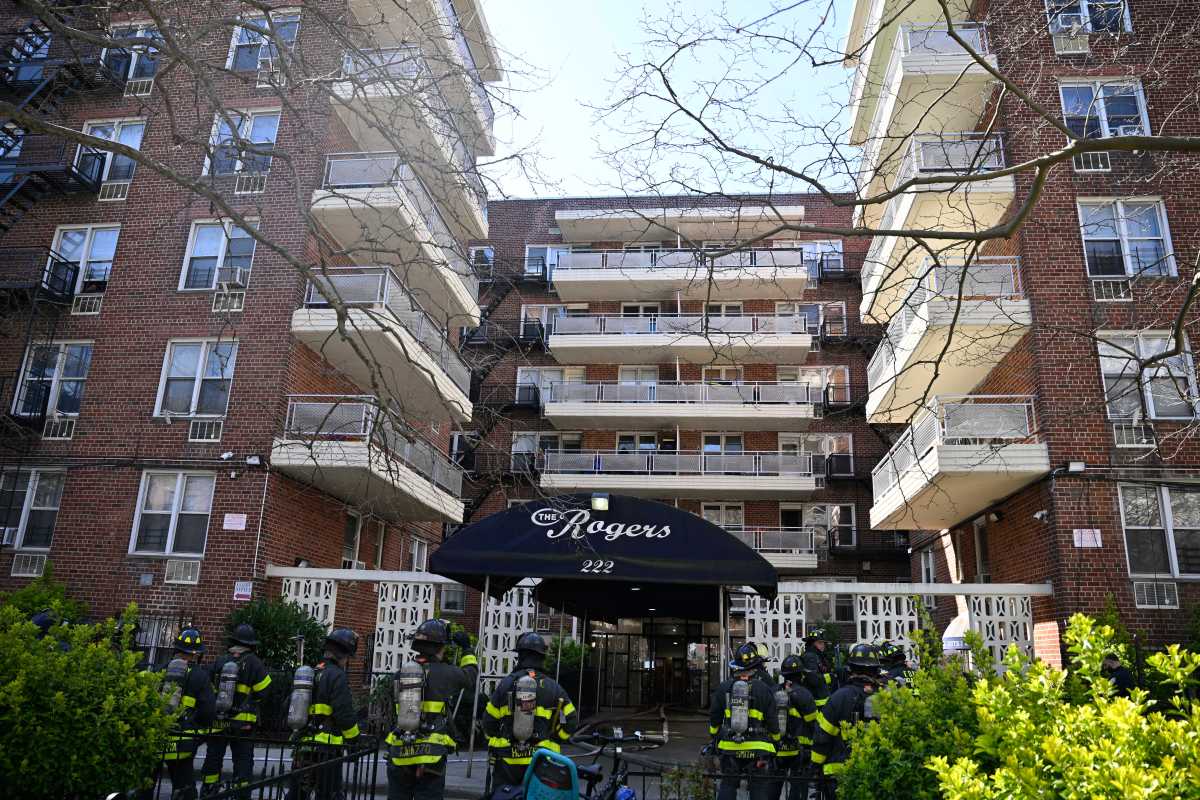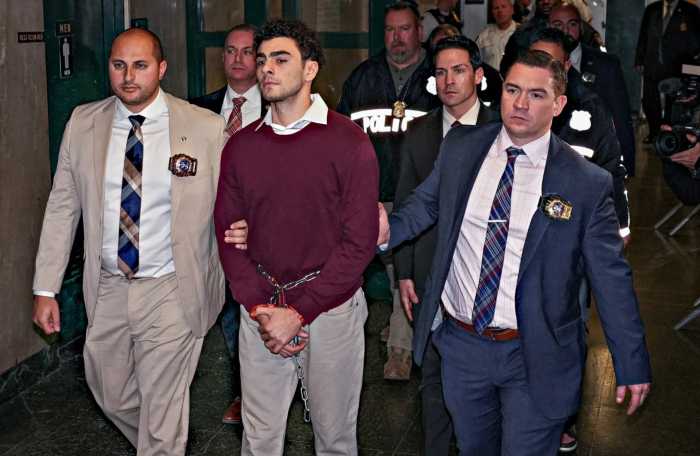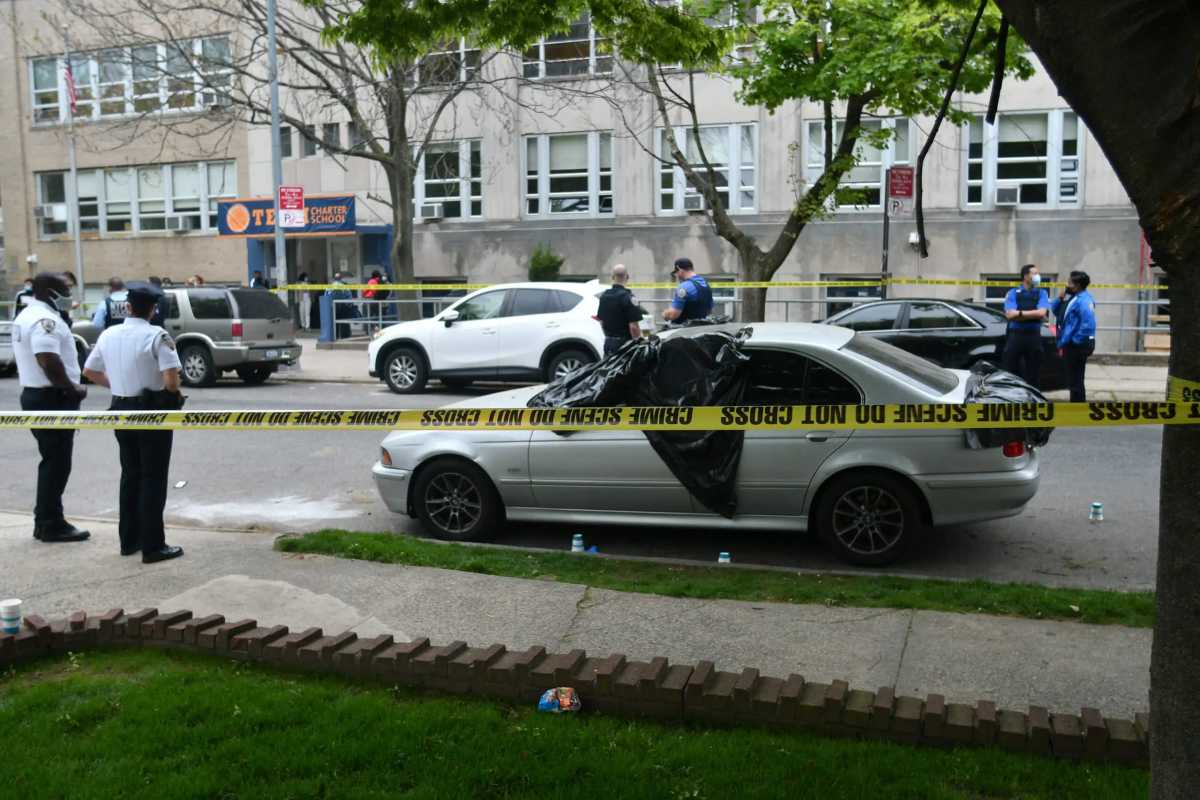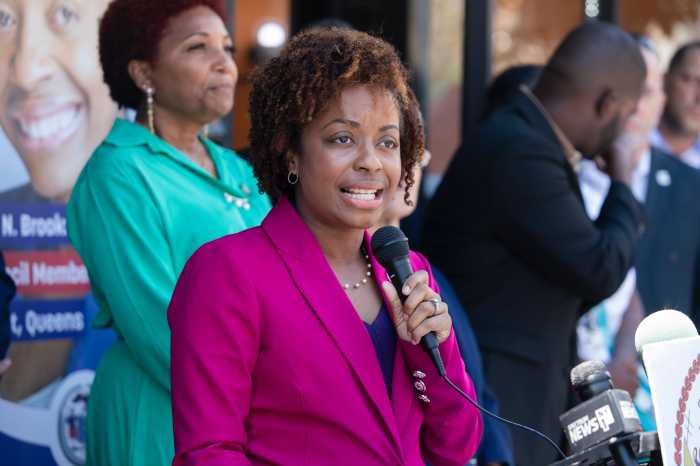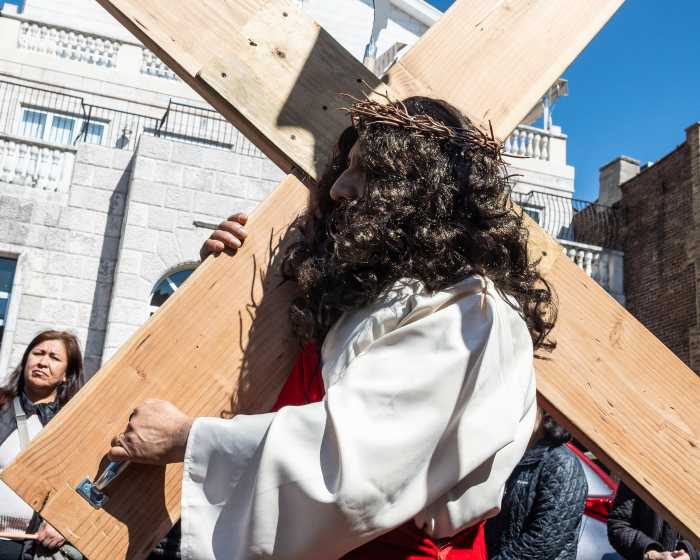
Voting is supposed to be easy. But a Brooklyn assemblyman says a local poll site is so hard to navigate, it discouraged residents from voting during the Sept. 13 primaries.
Assemblyman William Colton shared his outrage this week after he said he heard from many constituents that poll site I.S. 228, at 228 Avenue S, is inaccessible to seniors and the disabled.
The polls are located on the fourth floor of the school. To get to the voting booths, residents needed to walk around the whole building, only to have to walk around it again, before reaching the site.
“It was mazelike obstacles for these seniors,” Colton said. “The school is in a ‘U’ shape, which meant they had to walk from one end to the other to catch the elevator, and walk from the elevator to the other end of the school, vote, then go back the same way they came in. It’s equivalent to walking three to four city blocks for these citizens.”

The school is Colton’s polling site, too. He said he encountered many seniors on primary day who left rather than deal with the walk to the voting machines.
“Seniors and individuals with disabilities are unable to walk such a long distance,” Colton said. “There was a 90-year-old woman who got to the school, saw what she had to walk and went home; she couldn’t vote.”
Colton believes that if a poll site is not accessible to seniors and individuals with disabilities, the Board of Elections is depriving citizens of their right to vote.
However, a Board of Elections spokeswoman said the poll site entrance is the same as it has been for previous elections, and the board “didn’t receive complaints from voters” during or after the primary.
“The entrance . . . is on West 4th Street, through the school’s yard,” said the spokeswoman. “The poll sites were set up on the fourth floor, and the school provided elevators to take voters up. We don’t intend for it to be an obstacle; [we are] looking to change it.”
The polling place used to be more accessible, Colton said, when voting booths were on the first floor.
Jess Powers, director of Communications and Education at the Center for Independence of the Disabled (CIDNY), said issues like those that the assemblyman reports at I.S. 228 are not uncommon experiences for disabled residents.
“We heard from participants and staff that during the primaries they encountered issues with confusing or missing signage, had difficulty finding an accessible entrance, had physical navigation issues, and a few people reported that their names were missing from voter rolls at polling places where they have voted many times,” Powers said.
“We heard from people with physical, cognitive, visual and mental health disabilities and actively engaged with voters on social media about their experiences.”
Colton has been brainstorming several possible alternatives to the I.S. 228 “maze.”
The assemblyman suggests the Board of Elections provide wheelchairs or mobile transportation to polling sites.
“It’s not a matter of stairs — so they provided an elevator, but what happens when the people come out of the elevator and have to walk a long distance? That doesn’t solve anything,” Colton said.
Another suggestion he’s made is to find a new location within the community, such as another school or a church.
“There’s a Catholic church a block away from the school,” Colton said. “The pastor of the church has said many times he would allow it to take place downstairs, where there is an elevator [and] no walk required.”
As for the November general election, Colton hopes the Board of Elections will take a closer look at the cafeteria inside I.S. 228.
“There’s no school [on Election Day],” said Colton, “so the cafeteria wouldn’t be used that day for the kids.”
The Board of Elections spokeswoman said it is “taking into consideration what lawmakers are bringing to them.”




